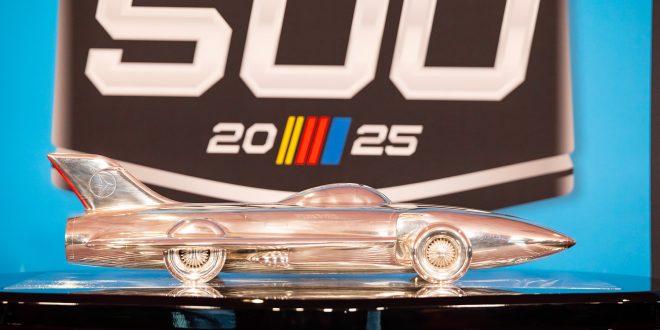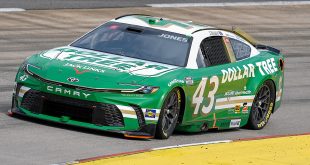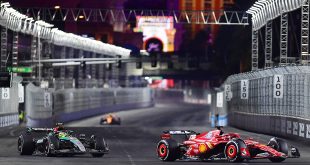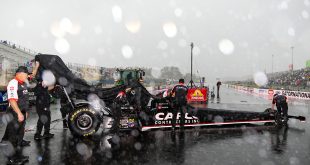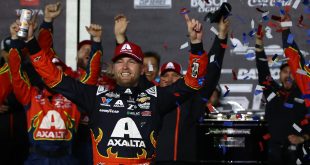DAYTONA BEACH — Forty-one world-class drivers competed Sunday at the Daytona International Speedway, all chasing one thing: to win the coveted Daytona 500. Those who do are forever NASCAR legends.
This year, William Byron cemented his legacy by doing it again, hoisting the Harley J. Earl Trophy over his head for the second consecutive year.
But what’s the story behind the trophy itself?
The trophy’s namesake, Earl, was the first head of design at General Motors, and he served as the second commission in NASCAR history from 1960-69. Earl, who died in 1969 at age 75, is credited with developing the Chevrolet Corvette while at GM and he was also the designer of the Firebird I prototype that served as the inspiration for the 500 trophy.
This prestigious prize was crafted by Omaha, Nebraska, sculptor John Lajba.
Lajba, 68, has been creating the Daytona 500 trophy for almost 30 years. He was originally asked to design the winning trophy in 1995 by the France family. Bill France Sr. was NASCAR’s founder, and his son Bill France Jr. was NASCAR’s CEO from 1972-2000.
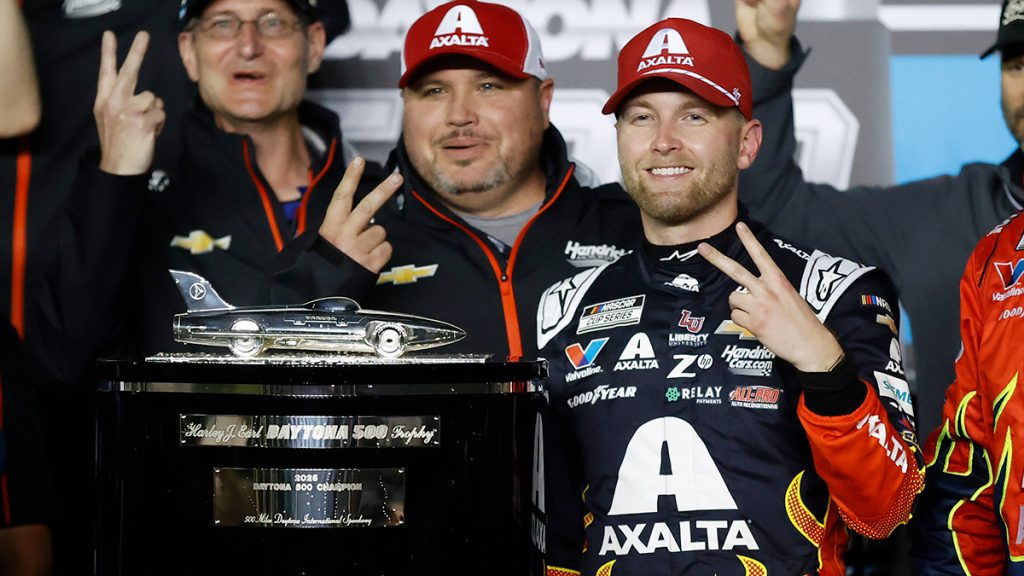
This year, Lajba attended the 500 for the first time since he began crafting the trophies.
“This is amazingly important,” Lajba said. “I feel like I’m home here looking at my trophy.”
Lajba said the sights, sounds and smells he experienced will serve as inspiration in crafting future trophies.
“All of your senses are on full alert down here,” he said. “It’s amazing.”
Each year, Lajba and his team of about 10 artists craft one for the winning driver and one for the winning owner. The trophies are designed to complement the display trophy that resides at the Daytona track. A shining silver Firebird I prototype sits atop each version.
The full-sized trophy lists all the previous winners. It is so large that it took four men to haul it out of the press conference room to transport it to the pre-race ceremony.
Lajba said it takes between six to nine months to make the trophies, and the smaller version weighs more than 60 pounds.
Lajba puts his earnest effort in all of his pieces. He feels the weight of the responsibility of creating them and considers every detail, down to the nuts holding the silver plating on the front.
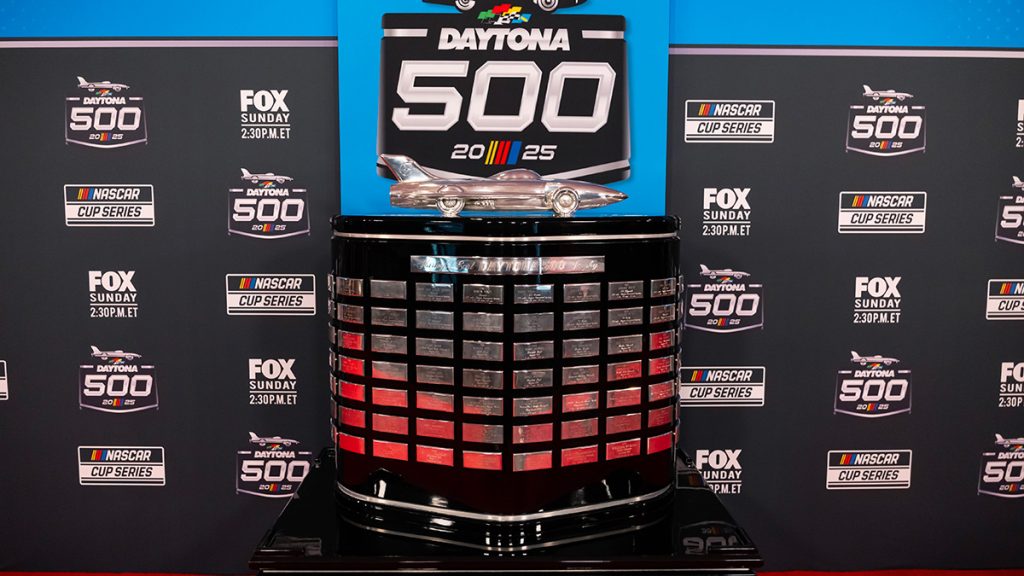
Additionally, a third trophy was crafted this year for the Thunderbirds, a U.S. Air Force squadron of pilots who perform aerobatic demonstrations, to celebrate 25 years of flyovers.
Some of Lajba’s other notable sports work includes “The Road to Omaha,” a brozne sculpture celebrating the College World Series, located outside TD Ameritrade Park in Omaha.
 ESPN 98.1 FM / 850 AM WRUF ESPN 98.1 FM / 850 AM WRUF
ESPN 98.1 FM / 850 AM WRUF ESPN 98.1 FM / 850 AM WRUF
